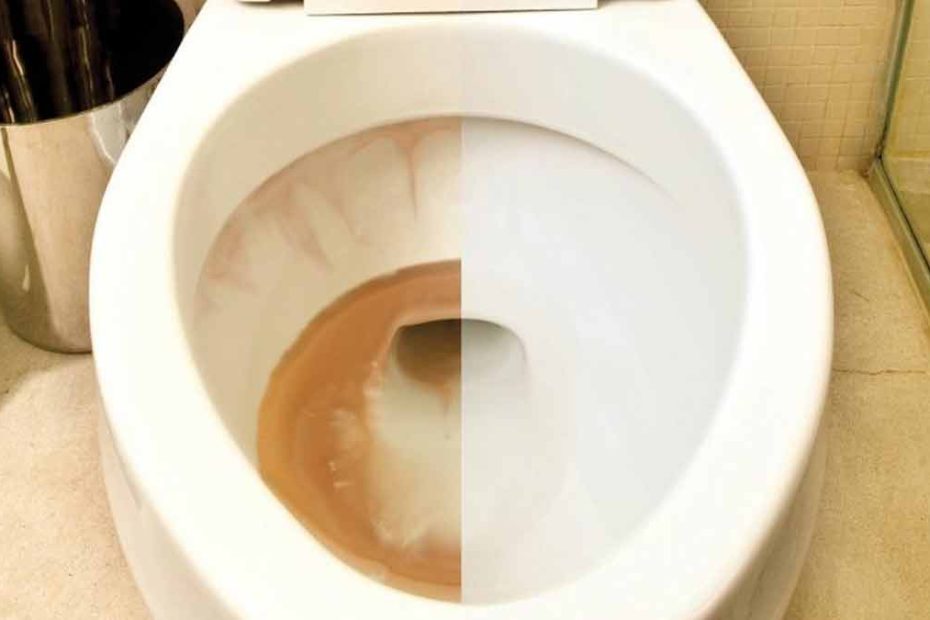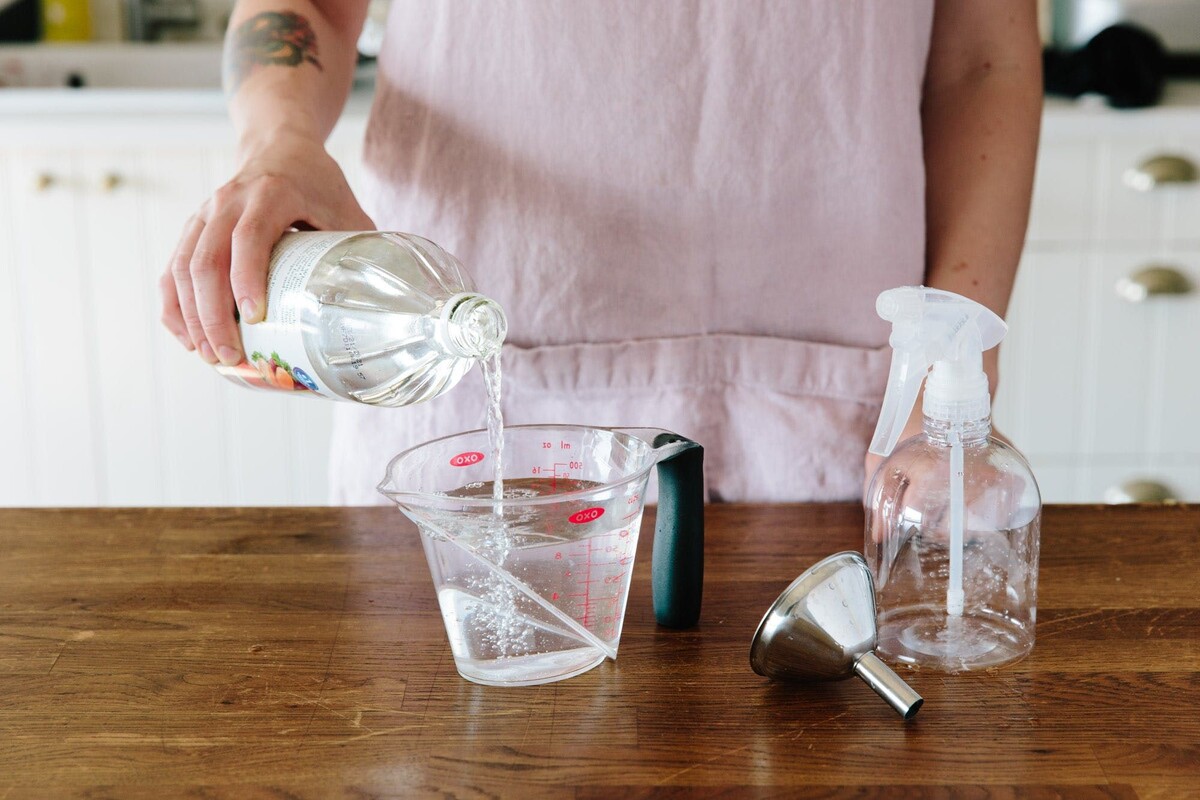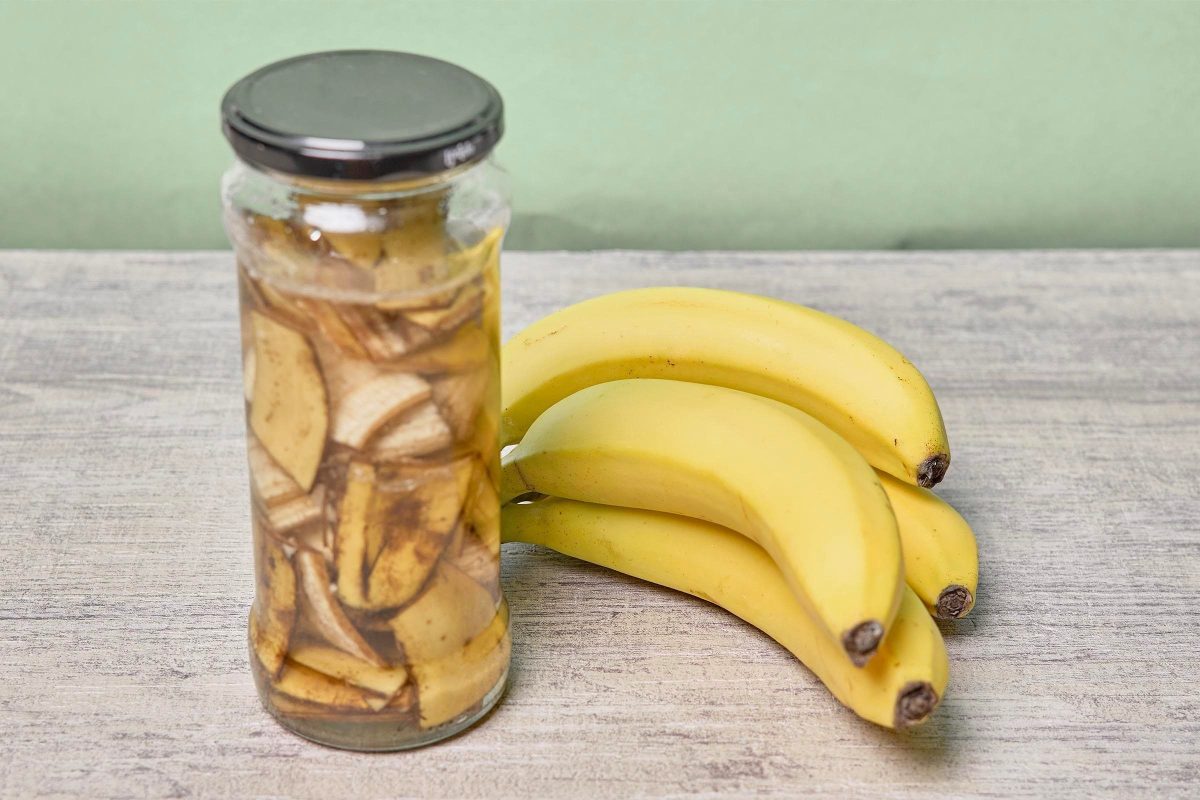There is an effective, easy-to-follow trick that does not require harsh chemicals or hard-to-find ingredients.
Keeping the bathroom spotless can be a complicated task, but it is very important to maintain. Over time, stains, rust and the dreaded limescale build up on taps and in the toilet.
However, there is an easy trick you can use without having to resort to harsh chemicals or hard-to-find ingredients. This method, known among cleaning experts, requires simple ingredients that you probably already have in your kitchen.
Goodbye to limescale and toilet stains: how do you use this ingredient?
Citric acid dissolves mineral deposits from limescale thanks to its natural descaling power, which breaks down the calcium and magnesium salts adhered to the porcelain. When in contact with hot water, it enhances its cleaning effect and leaves the surface shiny.
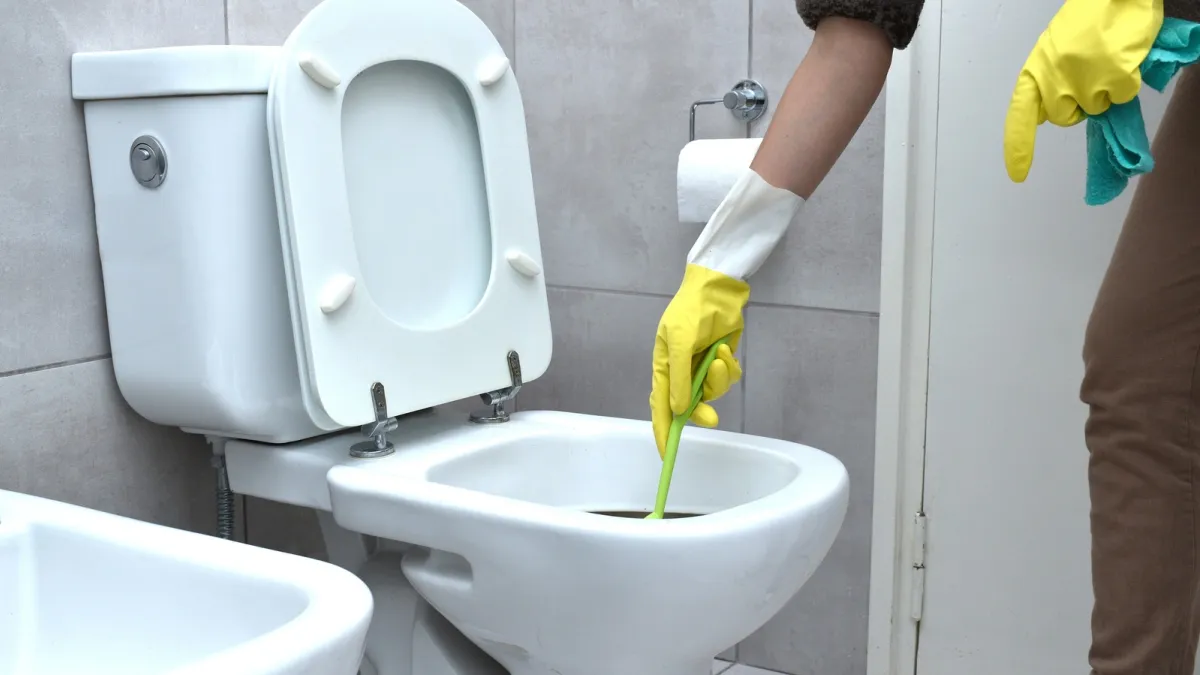
Ingredients needed:
- 2 tablespoons of citric acid powder
- 1 cup of hot water
- 1 toilet brush
- A few drops of lemon juice to reinforce the acidic action
How do you apply this trick in the bathroom?
- Preparation: ventilate the bathroom and wear rubber gloves.
- Empty the water: remove some of the water from the toilet to make the stains visible.
- Mix: dissolve 2 tablespoons of citric acid in 1 cup of hot water.
- Application: pour the mixture over the limescale and stained areas.
- Leave to stand: leave to work for between 30 minutes and 1 hour.
- Scrub: clean with the toilet brush until all traces are removed.
- Rinse: flush the toilet and repeat if any residue remains.
- Caution: do not mix with bleach or chlorine products.
Citric acid is a natural ingredient that helps remove limescale from the toilet. Source: Archive.
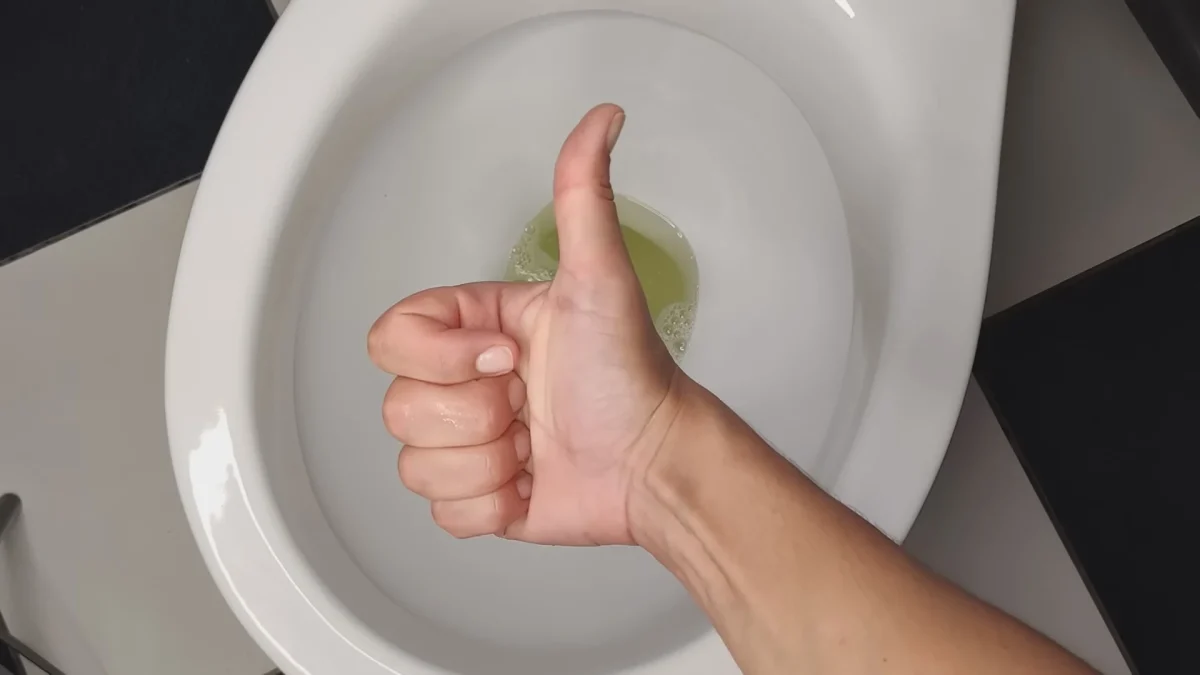
How to prevent limescale build-up in the toilet?
To prevent limescale build-up in the toilet, it is essential to clean it regularly, as mineral residues from the water easily stick to the porcelain when left to dry.
Cleaning at least twice a week with mild products, such as diluted citric acid or neutral soap, prevents hardened layers from forming that are difficult to remove.

